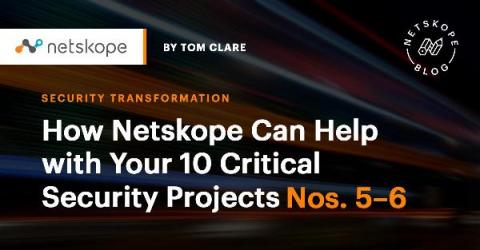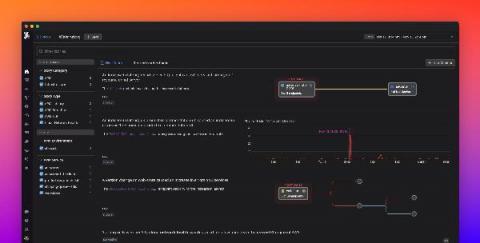How to Communicate Application Security Success to Your Executive Leadership
Over the past several years, there have been many changes to software development and software security, including new and enhanced application security (AppSec) scans and architectural shifts like serverless functions and microservices. But despite these advancements, our recent State of Software Security (SOSS) report found that 76 percent of applications have security flaws.










